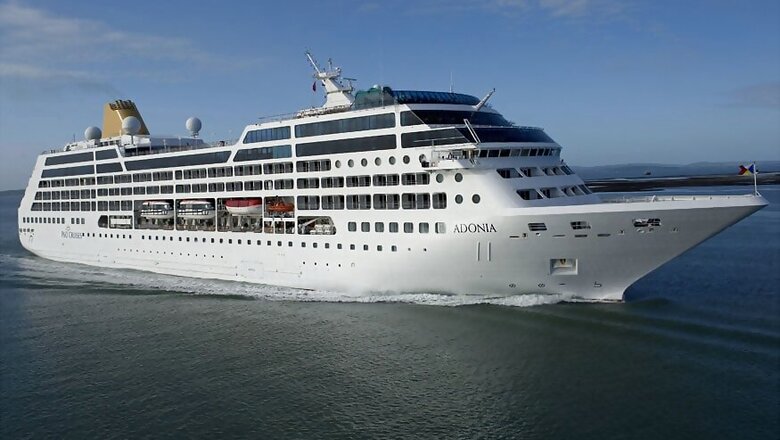
views
Vacation is often synonymous with travel, and when that travel involves boats, this can include some queasiness that quickly ruins the joy of being out at sea. Luckily, there are some ways to fight this.
Sea sickness usually includes things like headaches, cold sweats, vertigo and nausea. This all occurs because of the contrast between the movements witnessed by the eyes and the immobility experienced by the body. The two play out their differences in the inner ear, the root of the body's equilibrium.
We aren't all equal when it comes to sea sickness. Some will never suffer the symptoms, whereas others will experience them every single time.
"For most people, sea sickness is a temporary phenomenon and, after a more or less lengthy period of adaptation, the sickness lessens or disappears. But certain maritime professionals are sick all their lives," says Dr. Patrick Bacquaert, vice president and chief doctor of the Research Institute for Well-Being, Medicine and Health Sports (IRBMS), in one of his articles published on the Institute's website.
To avoid sea sickness, Dr. Bacquaert has some simple advice. First of all, he advises that people not board a boat on an empty stomach. You should also be well rested, as fatigue invites the symptoms, and be neither hot nor cold while wearing comfortable clothing that is made for being out at sea. The doctor also indicates that in order to assuage fear, people shouldn't fixate on it and certainly never drink beforehand to alleviate the stress.
Optokinetic reeducation against sea sickness
For casual sailors hit the hardest and for maritime professionals, including yachtsmen, fishermen or members of the navy, Dr. Loïs Bonne, head of the ENT division of the Armed Forces Teaching Hospital in Clermont-Tonnerre, France, and his team, spent the last 15 years developing a unique technique that prevents sea sickness. It is called optokinetic reeducation.
The method is based on exercises that put the patient in situations that resemble those you encounter at sea. Through the repetition of these exercises, this method will help them adapt progressively. These optosymmetrical exercise are conducted with mirrorballs, like the disco balls in night clubs, while people sit in armchairs that move like a boat on water. The purpose is to make things difficult for people without making them sick. The scientists then make the exercises increasingly difficult so that they learn to cope progressively.
The treatment takes place over the course of a dozen 30-minute sessions.
In 2010, the team conducted a study on 100 sailors, of which 73 were cured of their sickness, and the team is continuously perfecting their therapy technique in order to decrease that 27% failure rate.



















Comments
0 comment